No products in the cart.
NEWS
Your Guide to Planting Vegetables in April for a Bountiful Harvest
April often marks a pivotal point in the gardening calendar across many regions. As spring firmly takes hold, the urgency and excitement of planting build. You might have already started some crops that thrive in cooler conditions or require a long growing season indoors. However, depending on your specific location and climate, April still presents a fantastic window of opportunity to sow a diverse range of vegetables.
Embarking on a new gardening season or expanding your existing plots requires careful consideration of your local environment. Understanding your climate’s nuances, including your hardiness zone and the all-important last frost date, is fundamental to selecting the right crops and determining the best time and method for planting them. Some vegetables are ideally suited for starting seeds indoors during April, giving them a head start before the weather reliably warms up. Others can be direct sown straight into the garden soil as temperatures become more favorable. The decision on whether to start seeds inside or outdoors hinges on the specific vegetable species, your geographical location defined by your USDA hardiness zone, and the projected date of the last spring frost.
General Planting Considerations for April
For most gardeners, April signals a period of intense activity. While gardeners in warmer zones might already be direct sowing heat-loving vegetables, April is typically the perfect time for sowing seeds of cool-weather vegetables directly into the garden soil in many areas. If you live in a cooler region where late frosts are still a risk, starting warm-weather crops indoors approximately six weeks before your anticipated last frost date is a crucial step to ensure a successful harvest.
When initiating seeds indoors, selecting the right containers and medium is essential. Use clean seed-starting trays with drainage holes, small pots, or other appropriate containers. A high-quality, sterile seed-starting mix provides the ideal environment for germination. Ensure containers have adequate drainage to prevent waterlogging, which can hinder root development and lead to disease. Providing gentle warmth and consistent moisture are key factors for successful indoor seed starting in April.
Building upon the foundation of crops you might have started in March, April expands the possibilities significantly. Many vegetables suitable for March planting can also be continued or initiated in April, offering a continuous harvest throughout the season.
Specific Vegetables to Plant in April
Let’s explore some of the best vegetables you can focus on planting this April, keeping in mind their specific needs and regional considerations.
Beans
Beans are a garden favorite, prized for their ease of growth and prolific yield. They are a staple in many home vegetable gardens. For direct sowing outdoors, the soil temperature is a critical factor, ideally needing to be at least 60°F (16°C). Generally, if you are gardening in zones 6 or warmer, April is a suitable time to plant beans directly outside. To ensure a steady supply of fresh beans throughout the summer, consider succession planting by sowing seeds every week to ten days.
If you are cultivating pole beans and plan to direct sow them, remember to provide a sturdy support structure like a trellis. This allows the vines to climb, maximizing air circulation and making harvesting easier. Creative trellising solutions can significantly increase your yield in a smaller space. For gardeners in colder climates where soil temperatures haven’t reached the ideal threshold, starting beans indoors is an option. However, beans can be sensitive to root disturbance during transplanting, so handle seedlings with extreme care when moving them to their final outdoor location. When selecting bean varieties, consider whether bush beans (more compact, don’t need support) or pole beans (need support, higher yield per plant) suit your garden space and harvesting preference.
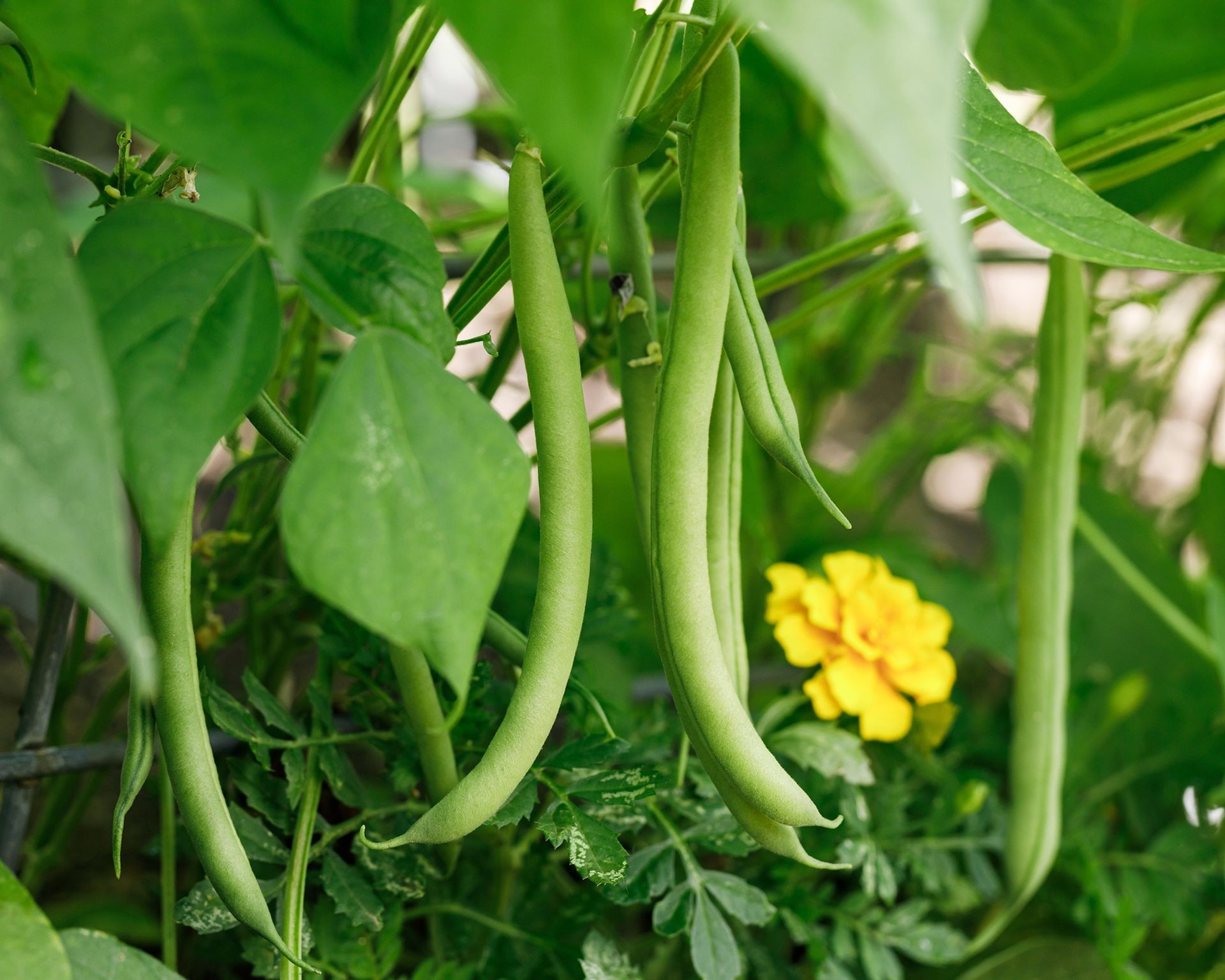 Close-up of fresh green beans growing on a vine, ready for harvest
Close-up of fresh green beans growing on a vine, ready for harvest
Beets
Beets are remarkably cold-hardy root vegetables, making April an excellent time for most gardeners to direct sow their seeds outdoors. The minimum ideal soil temperature for growing beets is around 45°F (7°C). In cooler areas, you might gently warm the soil using black plastic sheeting or cold frames to encourage faster germination. Beets offer a dual harvest; you can pick the young greens for salads and the roots for baby beets or allow them to mature for a later, larger harvest.
When choosing beet varieties, look for those known for tender sweetness and smooth texture, suitable for both fresh consumption and preservation methods like canning or pickling. Heirloom varieties often offer unique flavors and characteristics.
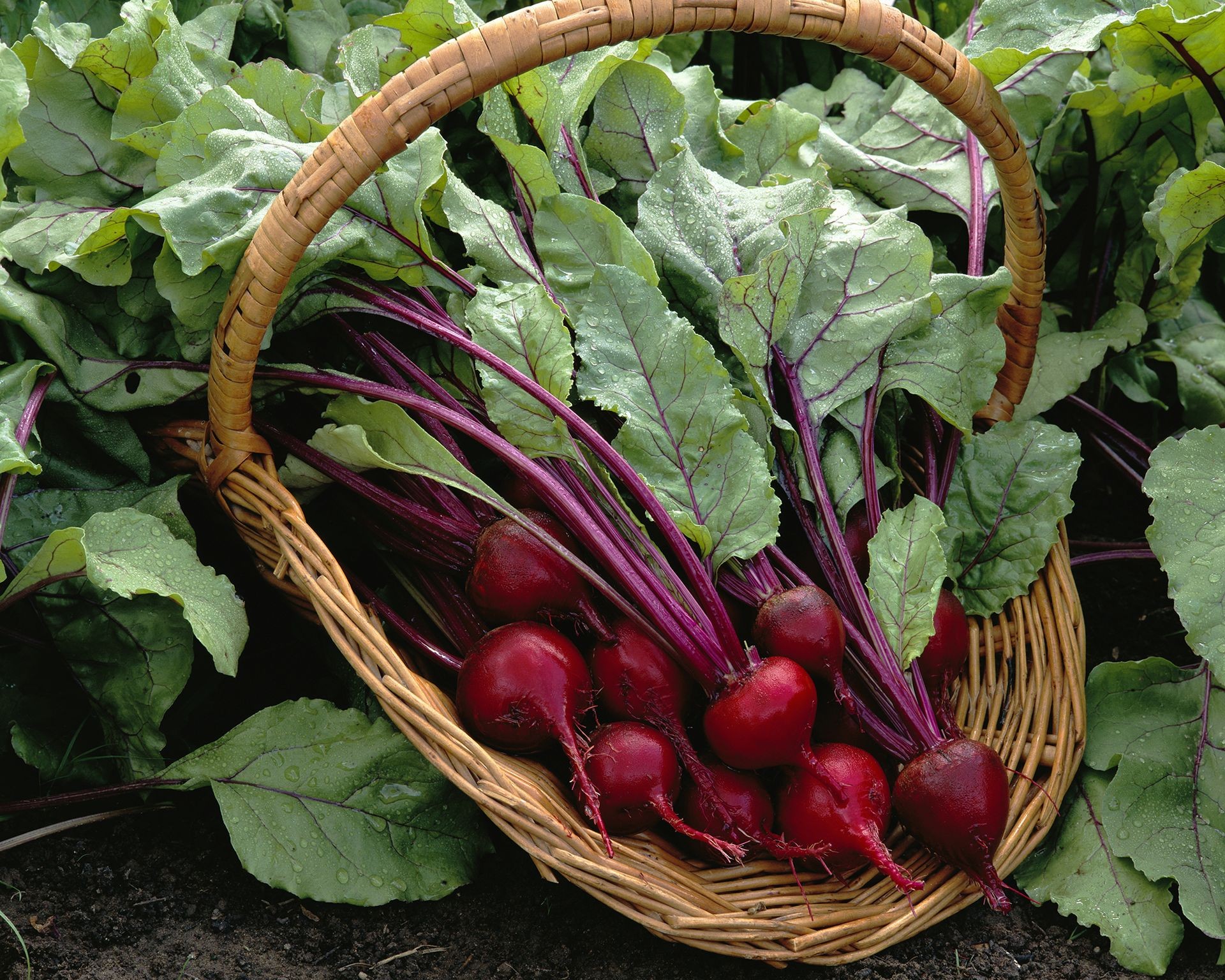 A basket filled with freshly harvested red beets with their leafy tops
A basket filled with freshly harvested red beets with their leafy tops
Corn
For many zones, April marks a prime window for sowing corn seeds directly outdoors. Sweetcorn thrives when planted a week or two after the last expected frost, once the soil has warmed consistently to 60-65°F (16-18°C). It’s important that young corn seedlings are not exposed to air temperatures dropping below 50°F (10°C). If an unexpected cold snap occurs, using row covers can provide necessary protection.
While corn is traditionally direct-sown due to its dislike of transplanting, it is possible to start seeds indoors if your April is still too cold. Begin indoors about two weeks before your last frost date and transplant them outdoors as soon as conditions are warm enough, taking utmost care to minimize disturbance to the roots. Variety selection for corn often depends on desired sweetness, kernel color (yellow, white, or bicolor), and maturity time. Look for varieties known for juicy, flavorful ears.
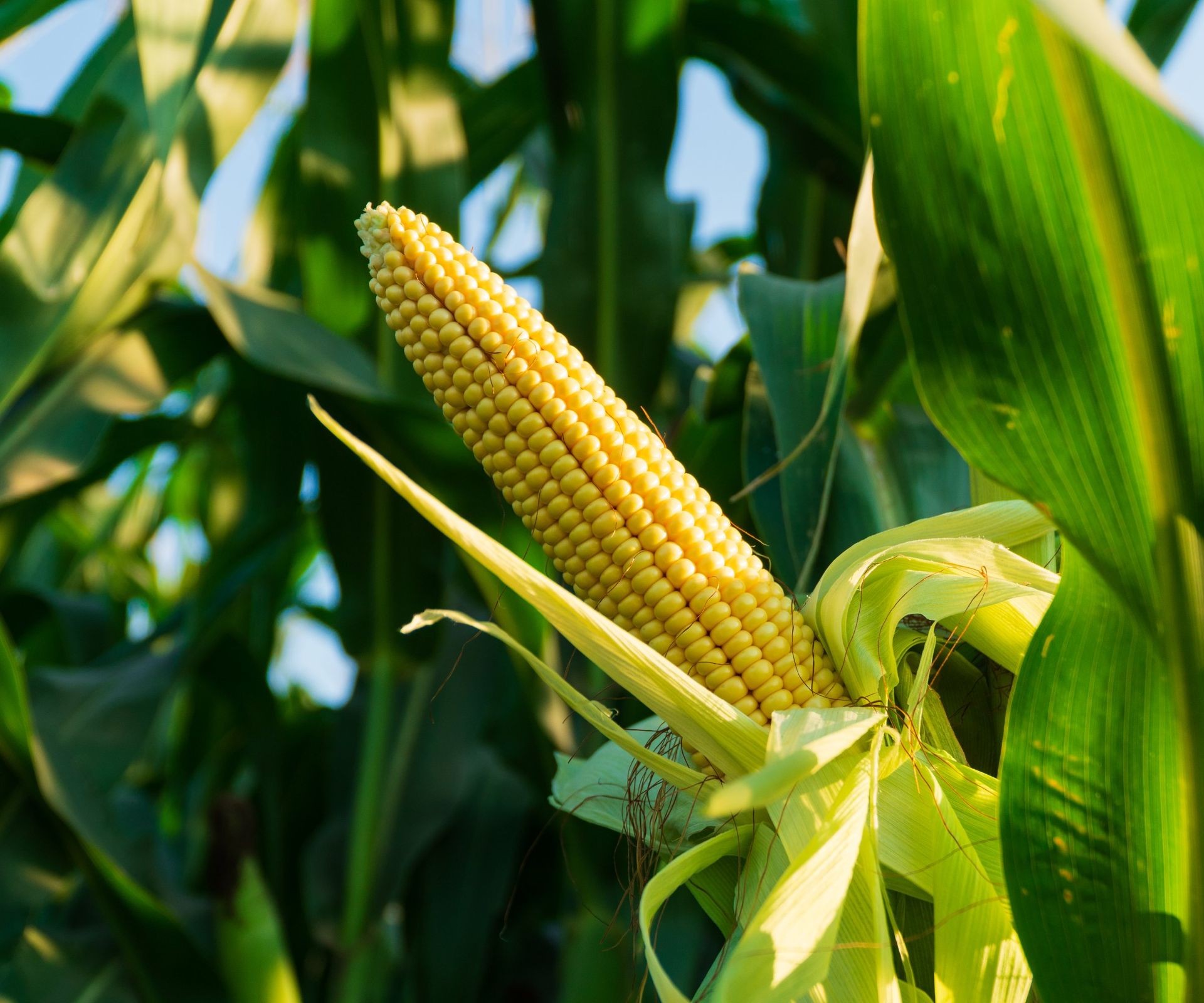 A ripening yellow ear of sweet corn on its stalk in the garden
A ripening yellow ear of sweet corn on its stalk in the garden
Tomatoes
Growing tomatoes is a deeply satisfying experience for countless gardeners. These incredibly versatile fruits (botanically speaking!) are indispensable in the kitchen, whether enjoyed fresh off the vine or incorporated into countless dishes. With a vast array of varieties available, from tiny cherry tomatoes to large heirlooms, there’s a tomato for every preference.
Tomatoes are heat-loving plants that absolutely cannot tolerate cold temperatures or frost. While very few climates are warm enough for direct sowing outdoors in April, nearly all gardeners can successfully start tomato seeds indoors during this month. The optimal timing is typically five to six weeks before your average last frost date. Tomato seeds and young seedlings require consistent warmth to germinate and grow properly indoors. Using a heating mat beneath your seed tray can help maintain the ideal soil temperature, which should be at least 70°F (21°C).
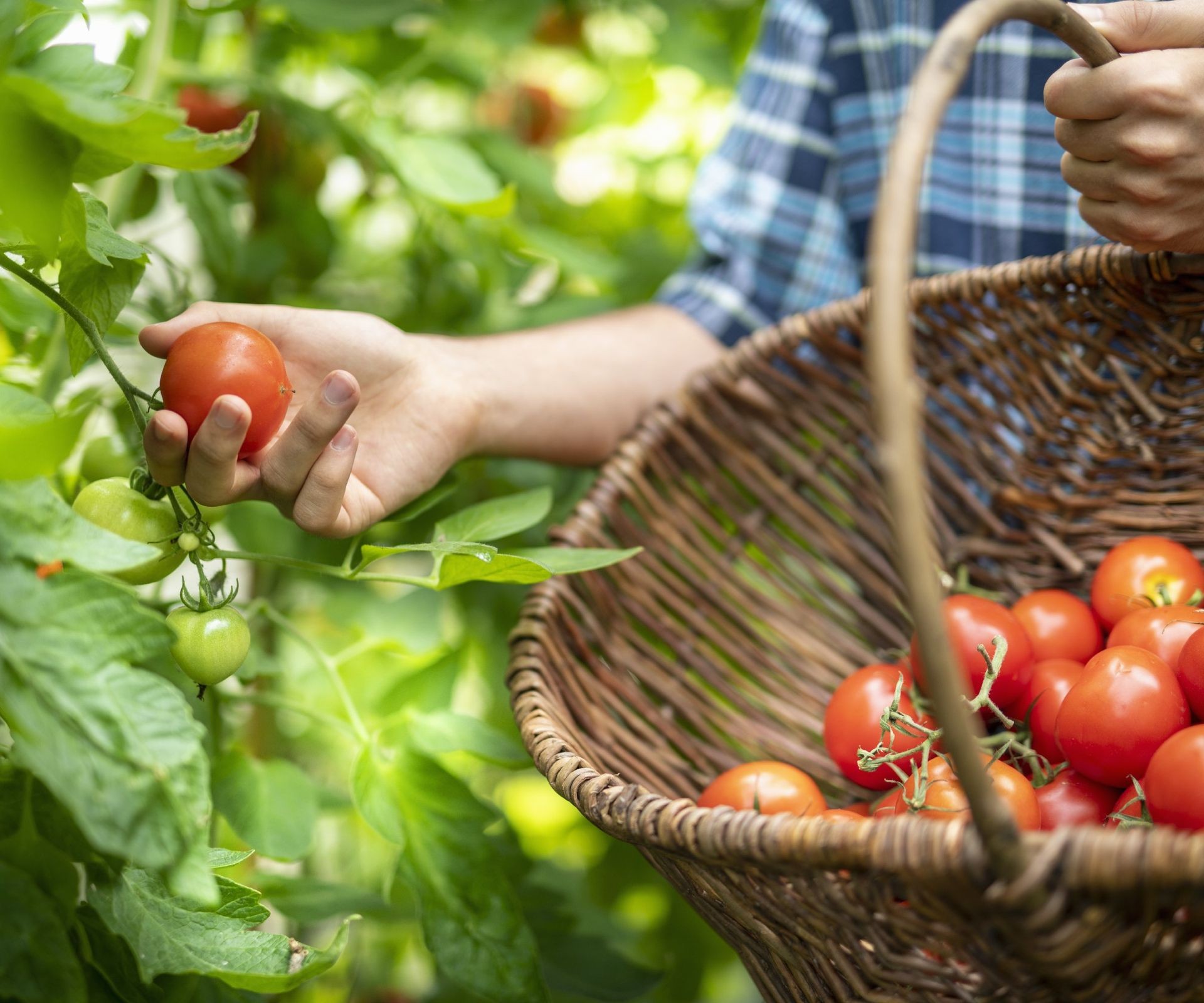 Hands carefully picking ripe red tomatoes from a backyard garden plant
Hands carefully picking ripe red tomatoes from a backyard garden plant
Carrots
April is an ideal time for planting carrots directly outside in the majority of hardiness zones. Like beets, carrots prefer soil that has warmed up, ideally to around 60°F (16°C). Gardeners in colder zones might need to delay planting until May or consider growing carrots in large containers indoors that can be moved outside later. Transplanting carrots is generally discouraged as it can lead to stunted or misshapen roots.
These root vegetables grow relatively quickly. Once the seedlings emerge, thinning them promptly according to seed packet instructions is crucial to allow the remaining carrots space to develop properly. Depending on the variety and planting time, you can often begin harvesting by early summer. Carrots are a kitchen staple, and planting a variety of types can offer different colors, shapes, and flavors, adding visual appeal and diversity to your harvest.
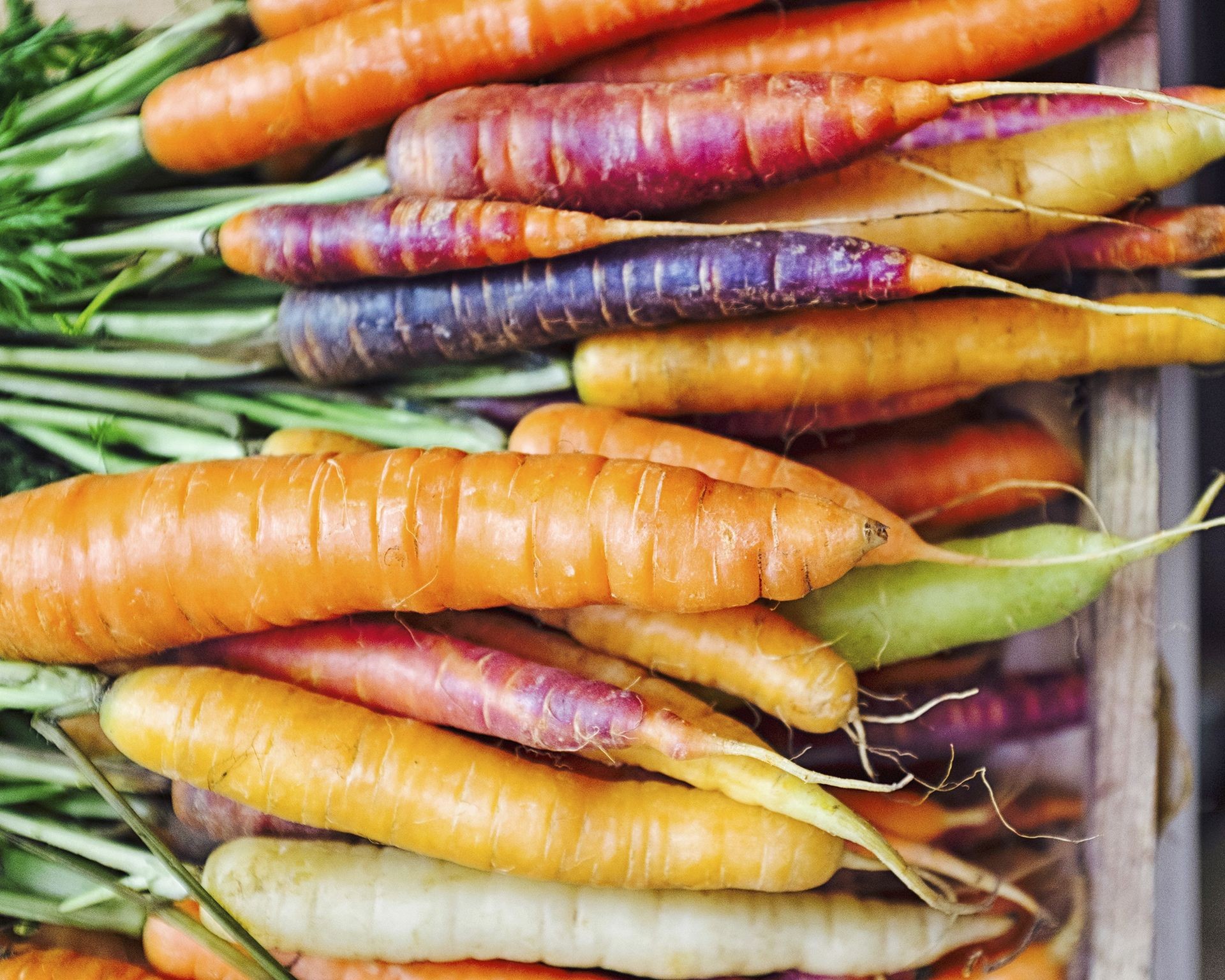 A wooden crate displaying a variety of freshly harvested carrots in different colors
A wooden crate displaying a variety of freshly harvested carrots in different colors
Peas
Peas, including snow peas and sugar snap peas, are perfect candidates for planting in the cool weather of spring. They tend to struggle once the heat of summer arrives. Early April provides an excellent window in many areas to sow peas directly outdoors, allowing them enough time to grow and produce before temperatures become too high.
In climates where temperatures soar early, it might be better to have started peas earlier in March or plan for a later planting in late summer for a fall harvest. For those gardening in limited spaces, exploring compact, dwarf pea varieties can offer a significant yield even in containers or small beds. Look for varieties known for sweet, tender pods that are delicious eaten fresh.
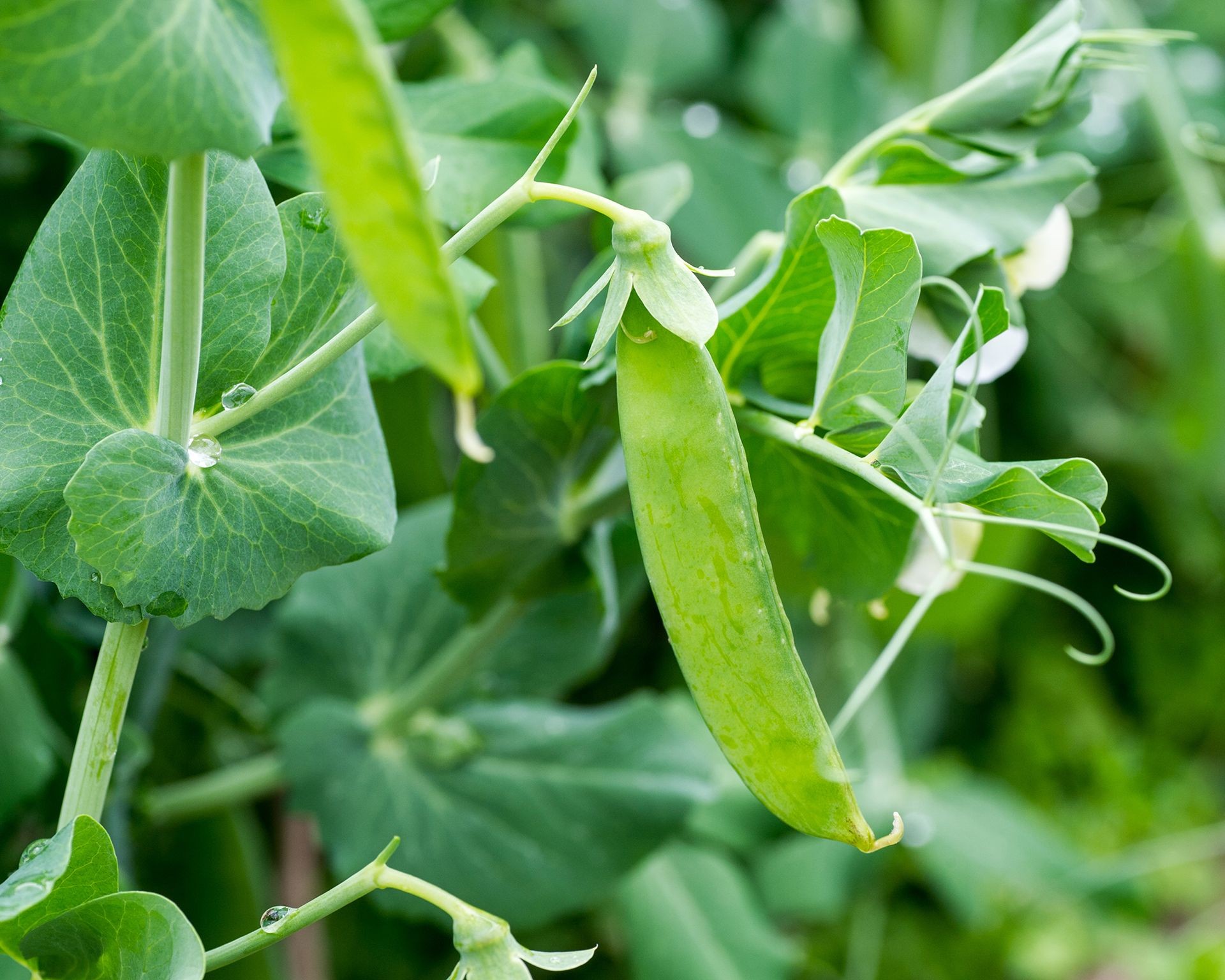 Close-up of green pea pods ripening on the plant
Close-up of green pea pods ripening on the plant
Strawberries
While technically a fruit, strawberries are a garden favorite for many, and April is often a good time to get them established. If you are located in zone 5 or warmer, planting bare-root strawberry crowns directly into the ground outside during April is recommended for a potential harvest later in the summer.
Proper bed preparation is key before planting strawberries. Taking the time to thoroughly remove weeds now will significantly reduce maintenance efforts later in the season. If your goal is to enjoy a strawberry harvest in the first year of planting, prioritize planting “day-neutral” strawberry varieties. Unlike June-bearing types, day-neutral varieties produce fruit continuously throughout the summer and into the fall as long as temperatures remain suitable.
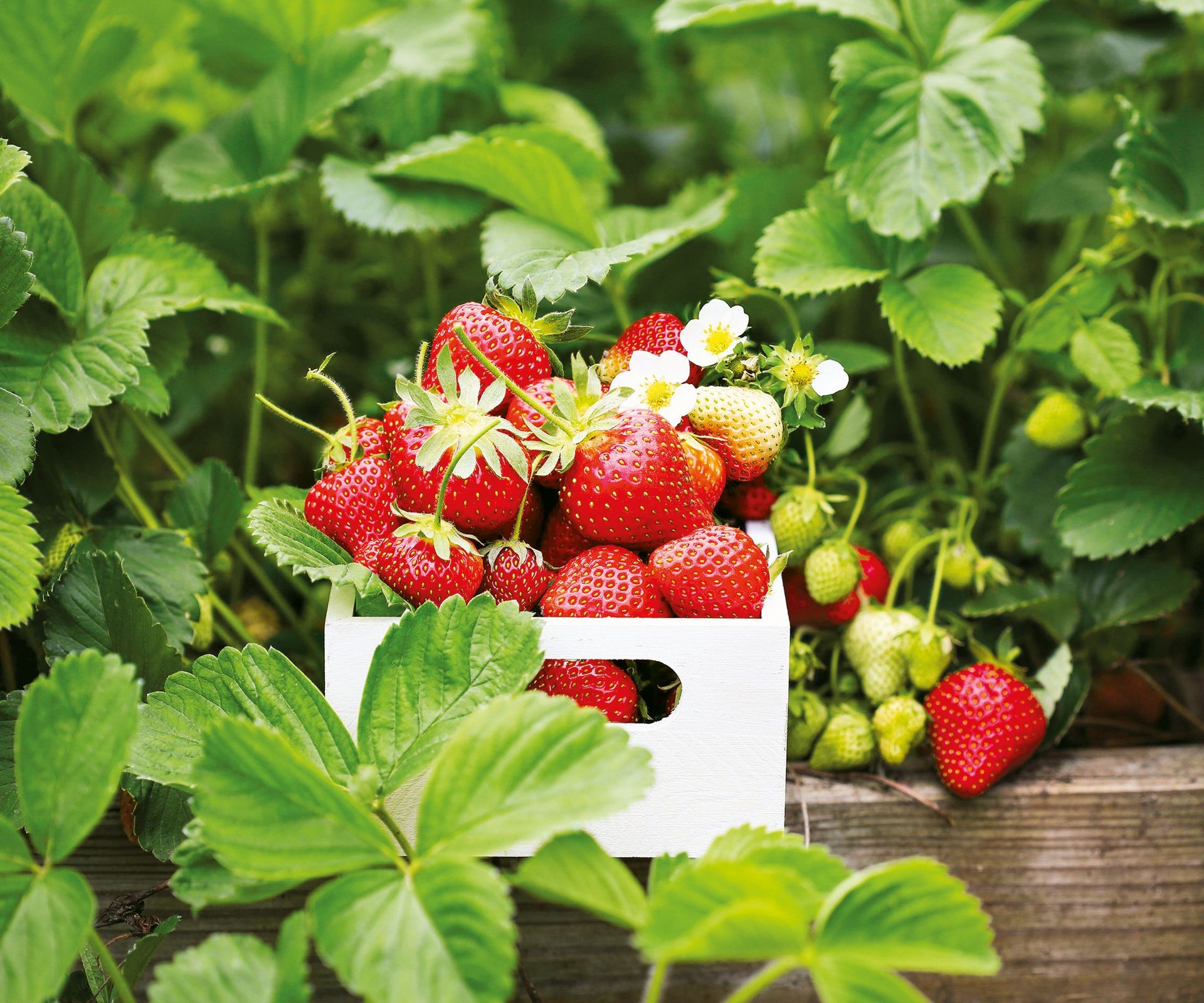 A small wooden crate filled with bright red, freshly picked strawberries
A small wooden crate filled with bright red, freshly picked strawberries
Essential Tips for Starting Seeds in April
Giving your vegetable seeds the best possible start, whether indoors or out, is crucial for a successful season. Here are some fundamental tips:
Starting Seeds Indoors
Always begin with a high-quality, sterile seed-starting mix designed specifically for seedlings. Fill your chosen containers, moisten the mix thoroughly before sowing, and then sow seeds at the depth and spacing recommended on the seed packet. Consistency is key; keep your seed trays and seedlings consistently warm and moist throughout the germination and initial growth phases. To ensure adequate warmth, especially for heat-loving plants, consider placing trays on a warming mat. Adding a humidity dome over the tray helps maintain optimal moisture and warmth for germination, but remember to remove it once seedlings have emerged to allow for better air circulation.
Starting Seeds Outdoors
For direct sowing in the garden, proper soil preparation sets the stage. Clear the area of weeds, rocks, and debris. Rake the soil smooth and incorporate compost or other organic amendments as needed to improve soil structure and fertility. Moisten the soil bed before sowing. Sow seeds according to the depth and spacing guidelines provided on the seed packet. Keep the soil consistently moist, especially during dry spells, as seeds need moisture to germinate. If unexpected cold weather threatens newly sown seeds or young seedlings, using row covers or temporary protective structures can help them survive until temperatures recover.
While these tips provide a general framework, always consult the specific instructions provided on each seed packet. These instructions offer tailored guidance on optimal timing relative to frost dates, recommended sowing depth, and spacing for each particular vegetable variety, ensuring you give your plants the best start possible.
Conclusion
April offers a wealth of opportunities for gardeners eager to get their hands dirty and cultivate a thriving vegetable patch. By carefully considering your local climate, understanding the specific needs of each plant, and choosing the appropriate planting method – whether starting indoors or sowing directly outside – you can lay the groundwork for a season filled with fresh, homegrown produce. The journey from a tiny seed to a bountiful harvest is incredibly rewarding, connecting you directly to the food you eat and the natural world around you. As you plan your April plantings and prepare your soil, explore the possibilities with Biogarden.asia to support your gardening journey from seed to plate.
References
Based on established horticultural practices.



